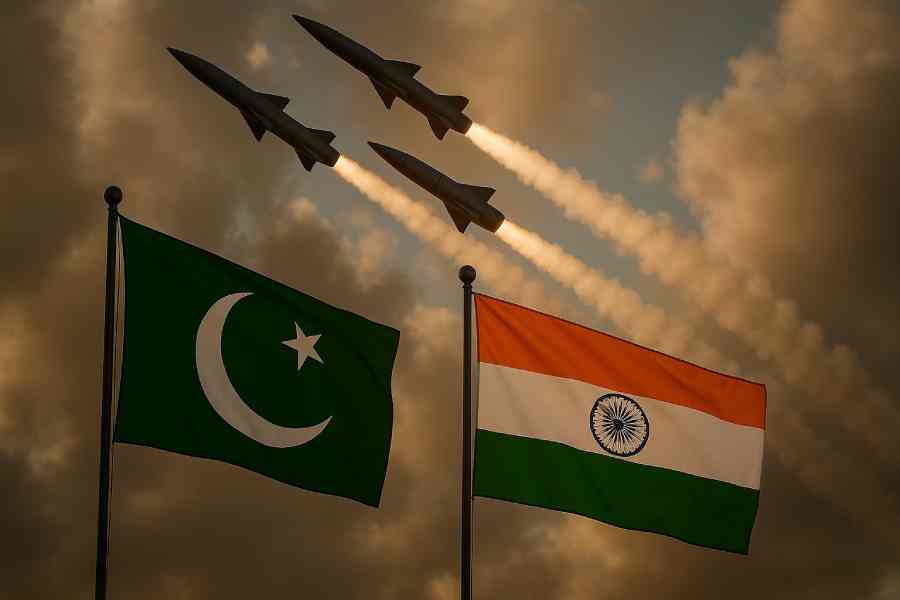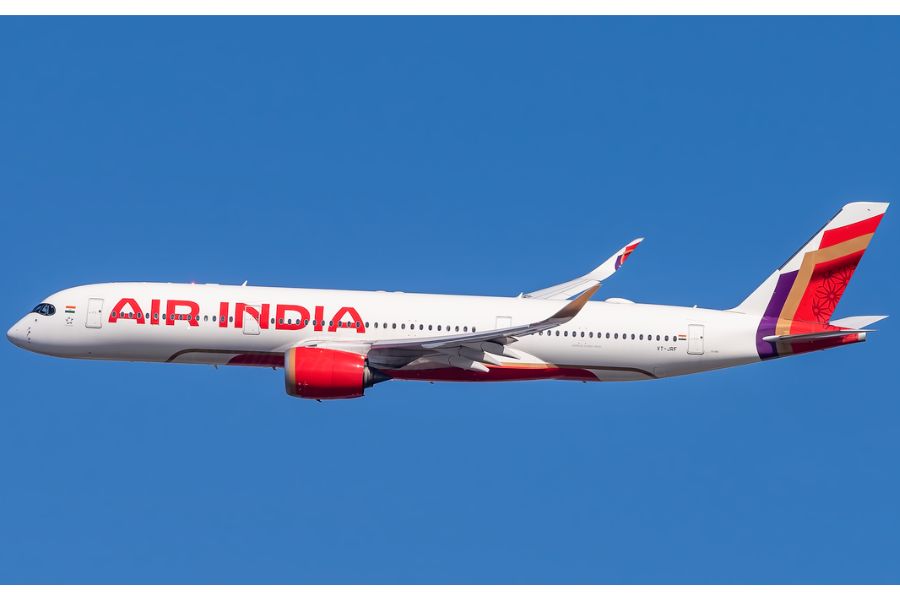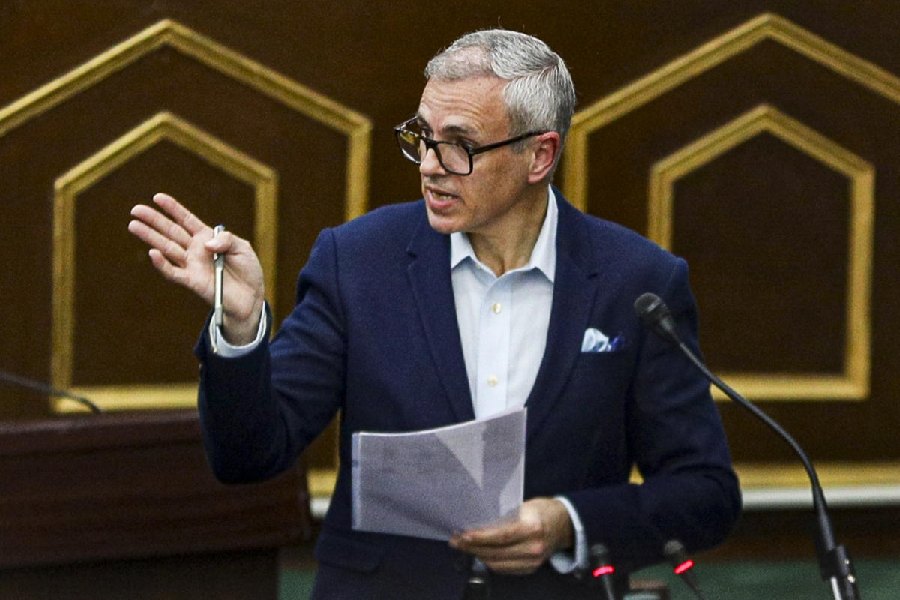 |
According to Article 148(1) of the Constitution of India, “There shall be a Comptroller and Auditor General of India who shall be appointed by the President... and shall only be removed from office in like manner and on the like grounds as a Judge of the Supreme Court.” The question that follows is: how is a judge of the Supreme Court “removed”? Article 124(4) stipulates, “A Judge of the Supreme Court shall not be removed... except by an order of the President passed after an address by each House of Parliament supported by a majority of the total membership of that House and by a majority of not less than two-thirds of the members of that House present and voting has been presented to the President in the same session for such removal on the ground of proved misbehaviour or incapacity.”
It is thus clear that in spite of being a civil servant, the person holding the office of the CAG, for all intents and purposes, is as important as a judge of the highest body of judiciary of the land, who just cannot be treated like other bureaucrats who, under Article 311 of the Constitution, can be dismissed from service without assigning any reason “in the interest of the security of the State”. The status and position of the CAG can further be gauged from Article 148(4), which stipulates that “the Comptroller and Auditor General shall not be eligible for further office either under the Government of India or under the Government of any State after he has ceased to hold his office”.
Regarding the charter of duties, the office of the CAG is an office that “shall perform such duties and exercise such powers in relation to the accounts of the Union and of the States... as may be prescribed by or under any law made by the Parliament...” vide article 149 of the Indian Constitution.
And how does the office of the CAG effect the job of reporting? “Submitting” the reports “relating to the accounts of the Union to the President” who (in turn) “shall cause them to be laid before each House of Parliament”. Article 79 defines “Constitution of Parliament” thus: “There shall be Parliament for the Union which shall consist of the President and two Houses to be known respectively as the Council of States” (Rajya Sabha) and the “House of the People” (Lok Sabha). So the CAG is perhaps the only constitutional post headed by a member of the civil service whose appointment, assigned duty and reporting span the president and Parliament (together making up the executive-legislative duo).
It is, however, a sad day for Indian democracy that the high office of the CAG is under attack from its government’s ministers for taking the job perhaps too seriously. How else does one justify the vitriolic attack of the cabinet minister who reportedly alleged that the CAG has crossed its official brief, and also the public statement of no less a person than the Indian prime minister that the findings of the CAG are “disputable”? By such aggressive posturing against its own institution through the media, the present ruling coalition government of India is showing a conspicuous lack of self-confidence, thereby scoring a same-side goal at a time of supreme national crisis. One perforce is inclined to ask: is the CAG really biased and does it lack professionalism? Is there something seriously wrong with the report? Is it motivated? Born out of a sinister design to carry out a hidden proxy agenda for some non-ruling political party to destabilize the lawfully elected government of India?
The CAG report which we are analysing pertains to the Delhi airport, which is one out of four airports (Mumbai, Delhi, Bengaluru and Hyderabad) in India which have been permitted to be developed and run by private ventures with equity participation from the government of India owned Airports Authority of India and the concerned state governments. All these four models are based on revenue-sharing schemes. Regarding Delhi, the equity share stands at 26 per cent by the government of India’s AAI and 74 per cent by the strategic partner GMR.
While admitting that it is the right of the government of India to take policy decisions in matters falling under the civil aviation ministry, the CAG also clearly states that their “observations pertain to operationalization of the joint venture mode and implementation of the operation management and development agreement (OMDA) and state support agreement (SSA)”. The CAG clarified its position, as the guardian of the federal government audit, that its aim and objective is to assess “whether the interests of Government and its revenue have been protected”. Hence the audit assessment needs to be seen in terms of “lessons learnt for future guidance”.
What perhaps appears to be the most thought-provoking observation of the perceived damning findings on Delhi airport are the words, “Many observations in the present report would indicate that whenever Delhi International Airport Private Limited” — the joint venture enterprise between GMR and AAI — “raised an issue regarding revenue to accrue to it or expenditure to be debited to Government of India in contravention of the provisions of operation management and development agreement (OMDA), the Ministry of Civil Aviation and Airports Authority of India interpreted the provisions always in favour of the operators and against the interest of the Government.” Needless to say that these are very serious charges brought out against those who matter in the government of India.
The question is: what then could be the basis for such harsh findings of the CAG? It began with the 2006 ministry of civil aviation projection for a requirement of “an additional Rupees 40454 crore to augment and modernize existing airports” as the revenue generated by the state-controlled airport stake holder, AAI, was found to be “grossly inadequate” to meet the “requirement”. Thus was born, through various vicissitudes, the concept of private-public partnership and the revenue sharing formula between the “partners”. That all was not well from conception-to-inception has been elaborately explained by the CAG in its report.
Thus sharp things stand out against the backdrop of the federal government of the day, the most important of which pertains to the conflicting definitions of “aeronautical” and “non-aeronautical” services. In terms of section 13(2) of Airports Economic Regulatory Authority of India, the determination of “aeronautical services” tariff is one of the most important of its functions. And yet there lies the conflict. According to OMDA ground handling is a “non-aeronautical service”; but it is an “aeronautical service” in terms of AERA. Similarly, whereas OMDA defines “cargo handling service” as “non-aeronautical”, AERA makes it “aeronautical services”. What then is the outcome? Chaos, confusion, contradiction and potential financial confrontation; because if one follows the state support agreement, “a significant part of the revenue generated by the Delhi International Airport Private Limited in the airport could not be included by AERA for determining the “Targeted Revenue for the purpose of tariff fixation for IGI airport”.
Many fault lines and failures have surfaced in the CAG report, some which are transparently avoidable no doubt; but the CAG has also reported that “there have been significant improvements in services at IGI airport for the travelling public”. That makes it a saving grace to the federal government no doubt.











